Between new and great classics, visiting Mantua is always a good idea, both for those who choose it for the first time and for those who have already known it, even in different seasons of the year. Two exhibition events dedicated to Pieter Paul Rubens have just opened in the city, and this could be just the occasion to return to Mantua or to finally come and visit. Then, just over a month ago, the new Parco Te was inaugurated, the large park that stands next to Palazzo Te, a must-see destination especially for those who have never set foot in the city of the Gonzagas. The palace, which owes its name to the island on which it originally stood, Tejeto, later shortened to Te, built by Federico II Gonzaga and internally decorated with marvelous cycles of frescoes by Giulio Romano, a pupil of Raphael, in fact houses one of the absolute masterpieces of art history, as well as one of the most spectacular rooms in existence: the Chamber of the Giants, where a single scene, namely the fall of the Giants crushed under buildings, columns and boulders, creates an illusionistic and immersive environment, giving the visitor the impression of being right inside that scene of monumental destruction. But the building, which was built and decorated over a period of about ten years, from 1525 to 1535, is a succession of rooms one more beautiful than the other, each characterized by different scenes and symbolism that give the rooms their names. In the Chamber of Ovid there are scenes from the Metamorphoses; in the Chamber of the Enterprises the symbol of the salamander alludes to Frederick II’s love affair with Isabella Boschetti; in the Hall of Horses the favorite horses of the Gonzaga stable are represented, reproduced on the walls in life size; then there is the Chamber of Cupid and Psyche, the Loggia of the Muses, and the Apartment of the Secret Garden where Frederick II took refuge. As mentioned at the beginning, in addition to the permanent tour, visitors to Palazzo Te also have the opportunity from October 7, 2023 to January 7, 2024 to see the exhibition Rubens at Palazzo Te. Painting, Transformation, and Freedom, curated by Raffaella Morselli with the collaboration of Cecilia Paolini, which aims to show how much the Renaissance suggestions elaborated by the Flemish-born painter in his Mantuan and Italian years continued, evolving, in the painting of his maturity, until they were transmitted in the intellectual and artistic legacy left to his pupils. The works have been selected according to the dialogue they re-establish with the myths and Giulio Romano’s interpretation of them in the various rooms of Palazzo Te. The exhibition is part of the initiative Rubens! The Birth of a European Painting, promoted in collaboration with Palazzo Ducale in Mantua (which at the same time as the Palazzo Te exhibition dedicates the focus Rubens. The Altarpiece of the Holy Trinity) and Galleria Borghese in Rome (which from November 14, 2023 to February 18, 2024 will present the exhibition Il tocco di Pigmalione. Rubens and Sculpture in Rome).
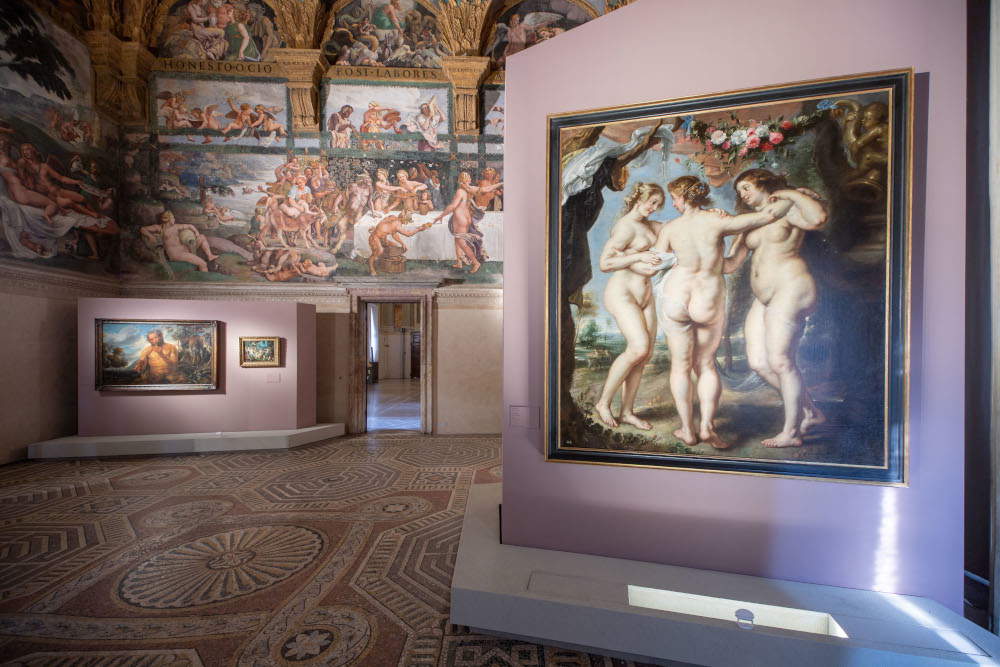
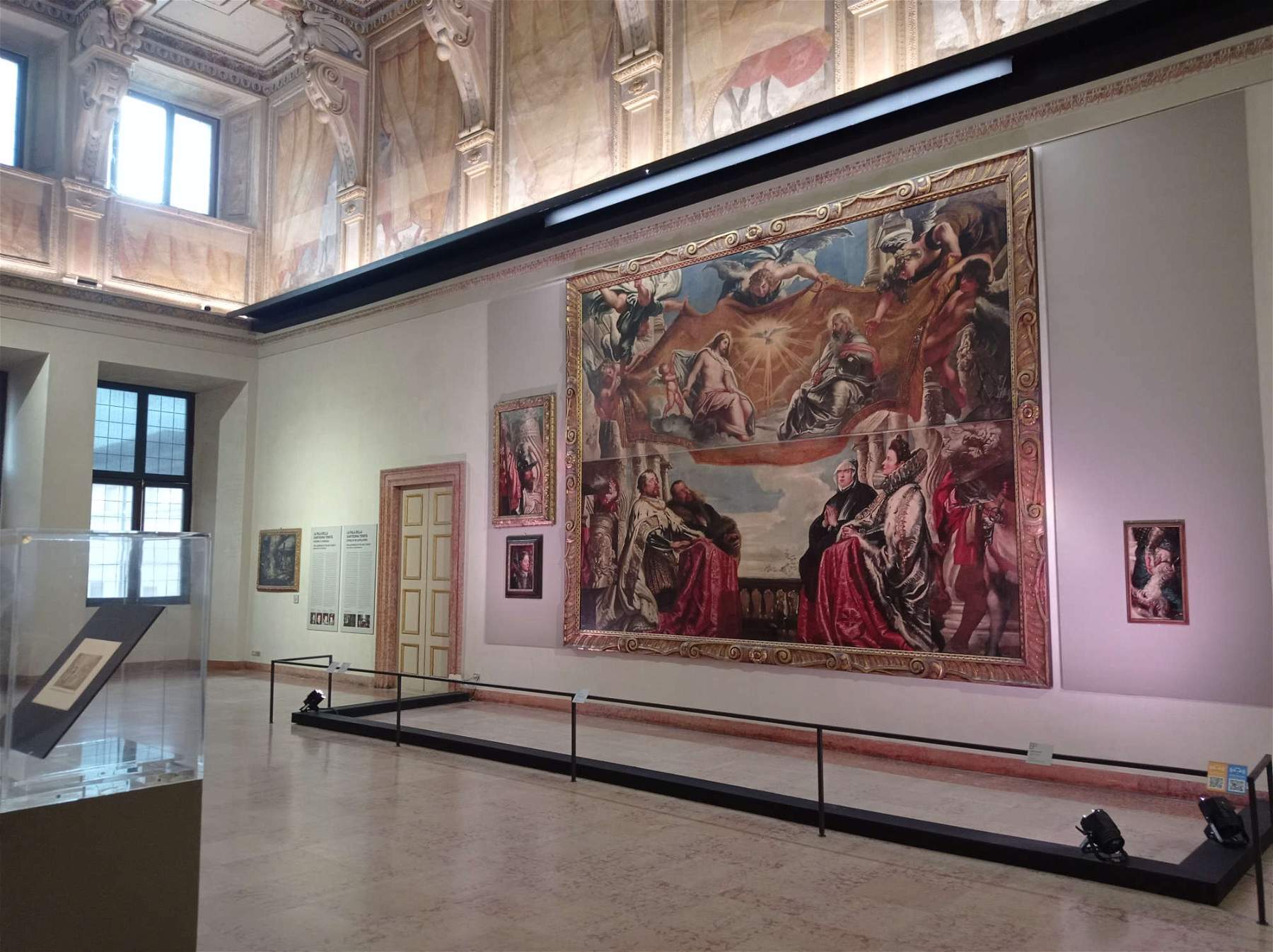
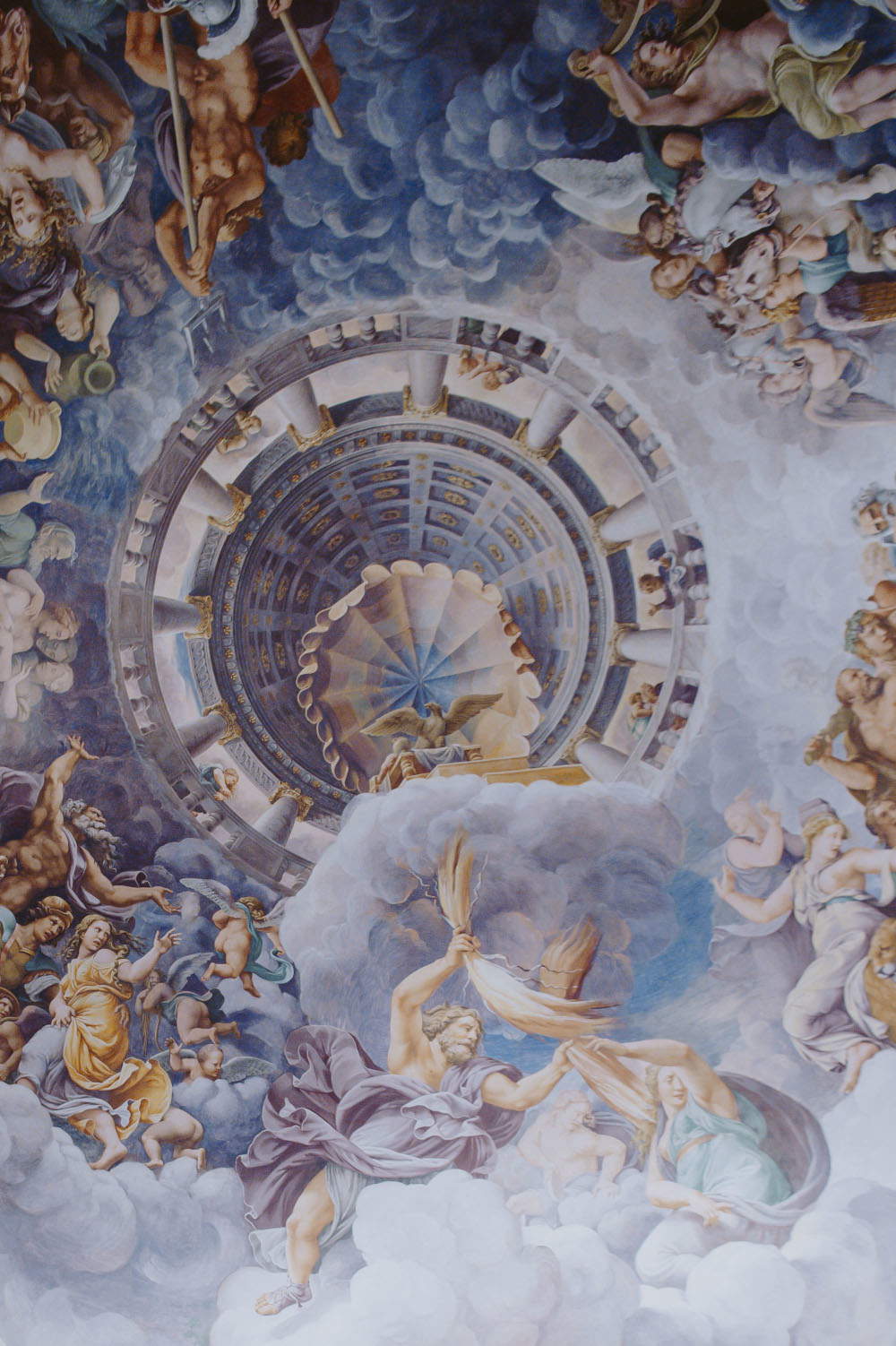
Returning to the new Parco Te, a landscape redevelopment of the city’s most beloved green area was accomplished, with the intention of combining the historic formal layout with the multifunctional needs of a contemporary public park. A large central lawn surrounded by four groups of tree rings, conceived as “green rooms,” which can accommodate various activities: three green rooms with an outdoor gymnasium, yoga and meditation platform and an area for basketball and more are planned for sportsmen; three other rooms are dedicated to games for children of different ages; a small arena dedicated to outdoor educational activities while ping pong tables, chess and bocce courts will allow for slow entertainment accessible to all. And at the ends of the lawn, two large circular plazas to accommodate theatrical or musical performances or animations. There is also no shortage of water jets evoking the presence of water around the ancient Island of Te. The design of the Park ties in with the shape of the Palazzo and the texture of the other gardens that surround it, also taking its cue from the circle symbol that characterizes Andrea Mantegna’s painting of the Bridal Chamber and Giulio Romano’s frescoes in Palazzo Te, its exedra and the gardens of Lega Lombarda Square.
Not far from Palazzo Te is the Temple of San Sebastiano, the first building constructed in Mantua to a design by Leon Battista Alberti, a celebrated architect and humanist, beginning in 1460. It was commissioned by Marquis Ludovico II Gonzaga. The Temple is one of the earliest examples of a church with a central plan of the Renaissance: according to Leon Battista Alberti’s design, the building was to have a central plan formed by a Greek cross inscribed in a square with three semicircular apses, and the four arms were to be covered with barrel vaults; the structure is also repeated in the lower church, with independent access. The Temple’s current appearance largely corresponds to its architectural intentions, although between 1922 and 1925 it was decided to turn the building into a war memorial, modifying the openings and adding the two access staircases in the facade. However, the real intended use of the building remains uncertain: one hypothesis is that it was built as a family tomb. Completed in 1476 by Luca Fancelli, it is also called Famedio since it houses the tumulus dedicated to the Martyrs of Belfiore.
This year also saw the complete renovation of Palazzo San Sebastiano, one of the most beautiful Gonzaga mansions, built by Francesco II Gonzaga between 1506 and 1512 as the prince’s only permanent residence outside the vast court complex of the Ducal Palace. It is the only case in the Gonzaga tradition of power. Historically home to civic collections, it has now become MACA - Mantua Antique Collections: the renovation has therefore affected not only the layout and visitor routes, but also the name. The exhibition itinerary is dedicated to four Mantuan personalities who contributed over time to shaping the city’s cultural heritage: Francesco II and Vespasiano Gonzaga with classical antiquities, Giuseppe Acerbi and Ugo Sissa with Egyptian and Mesopotamian collections. The two Chambers on the ground floor are dedicated to the first Francesco II and the Palace itinerary aimed at delving into his personality and culture as a politician and man of culture. One of these, in the Porcupine Room, displays the seventeenth-century fresco series of Mantegna’s Triumphs of Caesar, faithful copies of the originals attributed to the painter Ludovico Dondi: in fact, Mantegna’s originals, to house them Francis II had a large 224-square-meter hall built, are preserved today at Hampton Court (London). The second route Collezione Vespasiano Gonzaga takes the visitor through Mantua, Sabbioneta and some other Gonzaga residences. The ancient marbles acquired by Vespasiano Gonzaga, Duke of Sabbioneta, remained in place until the end of the 18th century, when they were brought to Mantua to form the nucleus of the new museum of the Mantuan Academy of Letters and Arts. Among the ancient works on display are the bust of Cicero and the sarcophagus front with the story of Venus and Adonis purchased by Vespasian in Rome. The third path is devoted to the Egyptian section, divided into four thematic areas, the first of which introduces the figure of Giuseppe Acerbi, consul of Austria in Egypt, an expert traveler, multidisciplinary scholar and collector; the second exhibits the most prestigious nucleus of Egyptian antiquities, namely the royal heads. Finally, the fourth and last path is dedicated to Ugo Sissa, who was Chief Government Architect in Baghdad: his contact with the civilizations of the Ancient Near East sparked his passion for archaeology. His collection is characterized by the variety of artifacts, diverse geographic origins, and the vast chronological period covered.
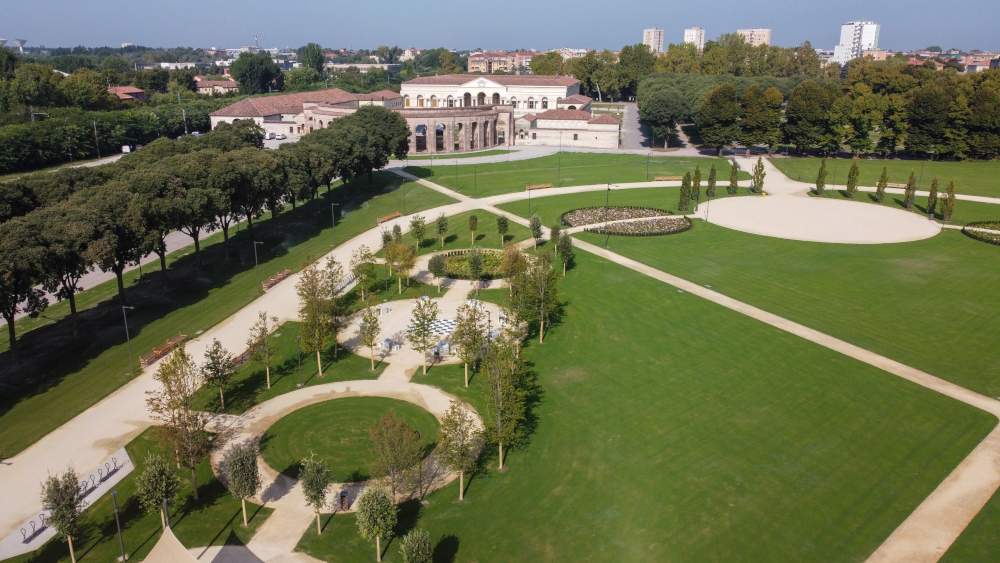
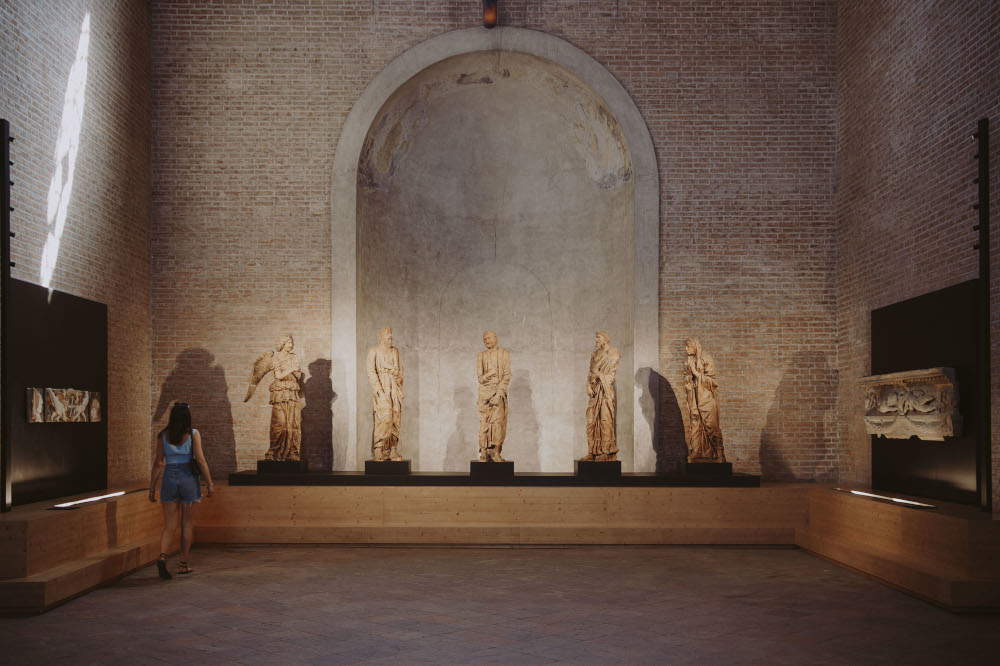
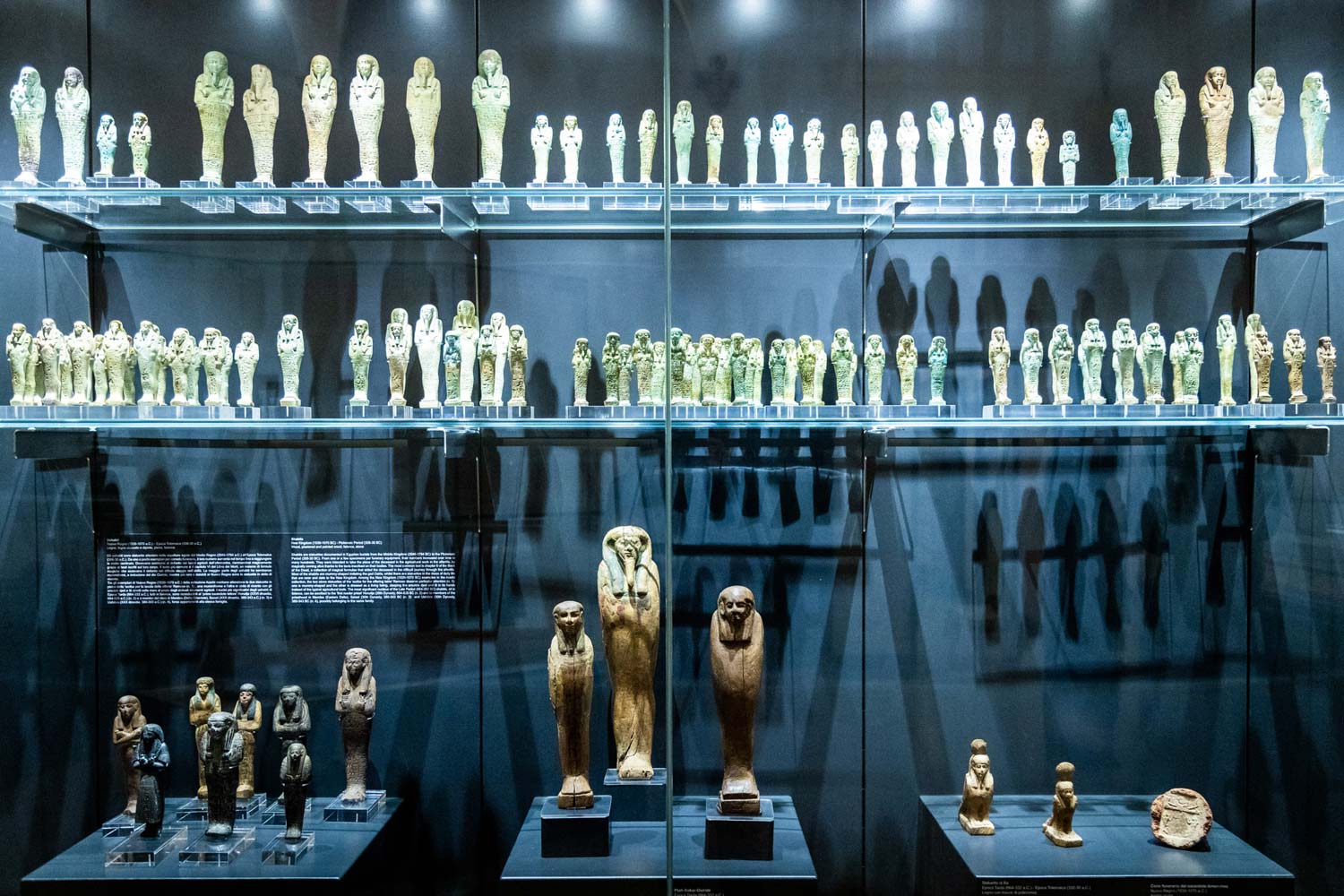
In order to stay up-to-date on the various initiatives offered by the city, the City of Mantua has brought together in a single schedule the events proposed by the Associations and Institutions operating in the area. Purchasing the Mantua Sabbioneta Card also gives you the opportunity to visit the museums and monuments of Mantua and Sabbioneta at a very advantageous price compared to the total cost of full-fare tickets, and to have discounts at other museums, hotels, bed & breakfasts, agritourisms, and affiliated restaurants as well as on many tourist services. Included in the price is transportation on urban bus routes and intercity routes to Sabbioneta. The card is valid 72 hours from the first validation and allows one admission to each of the museums and monuments involved. It can be purchased at the ticket offices of Palazzo Ducale, Palazzo Te, Palazzo San Sebastiano, Teatro Scientifico Bibiena or Palazzo della Ragione, at the infopoints in Mantua and Sabbioneta and at the APAM info Ticket Office, at a cost of 25 euros (full rate) or 13 euros (reduced family - children from 12 years of age to 17 years of age if accompanied by at least one full rate card holder, for a maximum of 6 reduced cards). You can see the list of discounts and concessions at mantovacard.it
Mantua is also a sustainable city: in fact, it is one of the most significant stops for cycling tourism with its 114 kilometers of bicycle network. To discover the area in an immersive, slow and sustainable way, it is possible to rent pedal-assisted bicycles. An initiative that is part of the wide-ranging Mantova Destinazione Sostenibile project, promoted by the Municipality of Mantova: among its objectives is the promotion of sustainable tourism development of the city and its territory through the support of local tourism activities that are respectful of environmental resources and the principles of social, economic and environmental sustainability. The project involves hotel and non-hotel tourism operators, catering, rural reception, tourist services, such as guides, navigation companies, bike services and so on, who have their facilities/activities within the Municipality of Mantua, and has led to the signing of a real manifesto for concrete actions in order to help reduce negative impacts on the environment and at the same time continue to offer the best possible welcome.
 |
| Mantua: exhibitions dedicated to Rubens, a new park and more. Why (return to) visit the city? |
Warning: the translation into English of the original Italian article was created using automatic tools. We undertake to review all articles, but we do not guarantee the total absence of inaccuracies in the translation due to the program. You can find the original by clicking on the ITA button. If you find any mistake,please contact us.